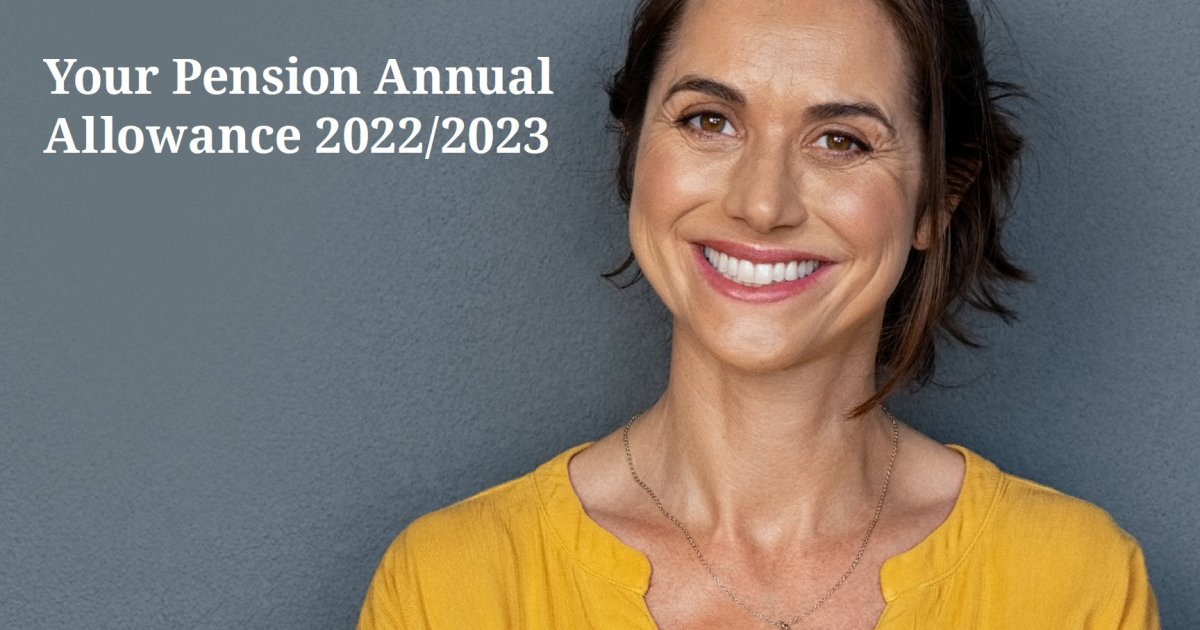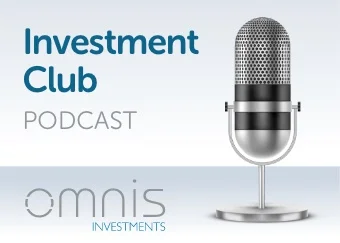Understanding your tapered annual pension allowance
Wednesday 23 March, 2022
How does the tapered annual allowance work?
A look at the tapered annual allowance, how it operates and the impact it could have on an individual’s annual allowance.
The pension annual allowance is the maximum amount that can be contributed to your pension each year, while still receiving tax relief. The annual allowance for pension contributions in the 2022/2023 tax year is £40,000. However, there are limits to the level of tax relief you can receive. Tax relief will only be given on 100% of your earnings or £40,000, whichever is the lower. This will differ if the reduced Money Purchase Allowance applies, or if your adjusted income exceeds £240,000.
On 6 April 2016, the government introduced the tapered annual allowance for high earners. The tapered annual allowance reduces the annual allowance for those with threshold incomes over £200,000.
For incomes in excess of £200,000, the annual allowance reduces by £1 for every £2 over this limit, with a maximum reduction of £36,000. Therefore, for incomes over £312,000 the annual allowance will be £4,000.
There are two income tests used to measure whether the tapered annual allowance will apply:
- The threshold income test (£200,000). If your threshold income is £200,000 a year or less, your annual allowance is 40,000. If an individual’s income is above this amount, they will be subject to the adjusted income test.
- The adjusted income test (£240,000). If an individual’s adjusted income is above this limit, the tapered annual allowance will apply.
What counts as taxable income?
It is important to understand which types of income are considered when looking at threshold income and adjusted income.
Examples of taxable income
- Earnings from employment
- Earnings from self-employment/partnerships
- Pensions income
- Savings interest
- Dividend income (e.g. from shares)
- Rental income
- Trust income (e.g. where you are a beneficiary)
When should you include a salary sacrifice or flexible remuneration arrangement?
These should be included as income for the threshold income test when:
- It was set up on or after 9 July 2015, regardless of whether or not this was before or after the employment start date
An example
- John’s salary is £200,000, interest on savings £2,000, bonus £40,000 and rental income £26,000
- His employer makes a pension contribution of £30,000 a year and he personally makes a pension contribution of £10,000 a year.
Calculating your ‘threshold income’
Inclusions
Income chargeable to Income Tax: Total income before tax from all sources, so includes investment income.
Salary sacrifice pension contributions from 9 July 2015: Any salary sacrifices, or flexible earnings set up on or after 9 July 2015 are added to the total.
Deductions
Personal contributions: Deduct personal contributions where HMRC has added tax relief to the pension.
Death benefits received: Any lump sum death benefit where the recipient is liable to tax can be deducted.
Allowable losses: A loss that can be deducted from your income or capital gains. Examples of losses that may be allowable are trade losses, gifts to charities and trade union payments.
Total
Is your threshold income £200,000 a year or less?
Yes: Further ‘adjusted income’ test needed.
No: The tapered allowance will not apply, and your annual allowance is £40,000.
Calculating your ‘adjusted income’
Adjusted income includes all pension contributions while threshold income excludes pension contributions.
Inclusions
Income chargeable to Income Tax: Total income before tax from all sources, so includes investment income.
Total pension contributions: All pension contributions are added to the total.
Deductions
Personal contributions: Any personal pension contributions can then be deducted.
Death benefits received: Any lump sum death benefit where the recipient is liable to tax can be deducted.
Allowable losses: A loss that can be deducted from your income or capital gains. Examples of losses that may be allowable are trade losses, gifts to charities and trade union payments.
Total
Is this total over the adjusted income limit of £240,000?
Yes: Take the difference over £240,000 and divide by two, deduct this amount from the annual allowance (up to a maximum of £36,000). The remainder is the tapered annual allowance.
No: The tapered allowance will not apply, and your annual allowance is £40,000.
Threshold income
£200,000 + £2000 + £40,000 + £26,000 = £268,000 (salary + interest on savings + bonus + rental income)
£268,000 - £10,000 = £258,000 (above – personal contributions)
Total threshold income = £258,000
Adjusted income
£258,000 + £10,000 + £30,000 = £298,000 (threshold income + employer contributions + personal contributions)
John’s adjusted income is £58,000 above the £240,000 threshold. His annual allowance is tapered by £1 for every £2 of excess, that is £29,000.
Tapered allowance
£40,000 - £29,000 = £11,000 (Annual allowance – adjusted excess income) If you exceed the annual allowance you will pay tax on the excess at your highest rate.
What if you want to contribute over £40,000 this tax year?
You can carry forward any ‘unused’ annual allowance from the previous three years. That’s up to £40,000 from each year, including the current tax year. This could mean you are able to make a pension contribution of up to £160,000 and receive tax relief.
What if you are a member of a defined benefit pension scheme?
The benefits you are building up each year are assigned a monetary value.
This value counts towards the annual allowance and could therefore restrict what you can contribute to another pension. You need to contact your pension administrator and ask for this value.
What if you have already accessed your pension?
Since 6 April 2015, if you have accessed a pension, or had flexible drawdown before, a reduced money purchase annual allowance may apply. This is £4,000 for the 2022/2023 tax year. You cannot use the Pension Carry Forward option to contribute more than the money purchase annual allowance.
Paying the annual allowance charge…
The annual allowance tax is a charge which you must pay when you have gone above your annual allowance in a tax year.
If the annual allowance charge is less than £2,000, you must fill in the Self Assessment tax return to tell HMRC about the tax.
If you face an Annual Allowance charge of £2,000 or more, you can:
- Pay the tax charge yourself; or
- Use the ‘Scheme Pays’ option, if you qualify. This allows you to pay the annual allowance charge using your pension savings and the tax charge is deducted from your pension benefits.
There may be some cases where your scheme does not have to pay all of your tax charge even if it is more than £2,000 and you will need to pay the rest of the amount. You will need to tell your pension scheme how much you want them to pay for you.
Debbie Bell, Financial Services Director, Hertfordshire said:
‘The information regarding tapered annual pension allowances is complicated and as the article explains everyone’s position is different. That is why we recommend that you get personalised pension advice from a qualified financial adviser at Thomas Oliver. Your local financial planning team understand the pension rules so they can advise you what your allowance is each year. Remember you can lose your allowances at the end of each tax year so act now and call our financial consultants on 01707 872000 to find out how much you can invest into your pension.’
In Summary...
Get financial advice tailored to your personal circumstances and make the most of your pension allowances each tax year.
This information is based on our current understanding of the rules for the 2022/2023 tax year.
HM Revenue and Customs practice and the law relating to taxation are complex and subject to individual circumstances and changes which cannot be foreseen.
The value of investments and any income from them can go down as well as up and you may not get back the original amount invested.
The Openwork Partnership is a trading style of Openwork Limited which is authorised and regulated by the Financial Conduct Authority. Registered in England 4399725.






